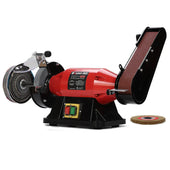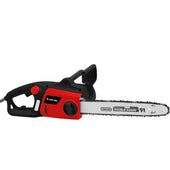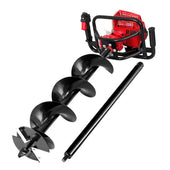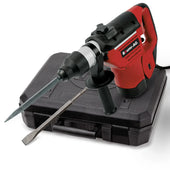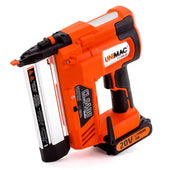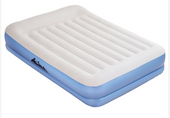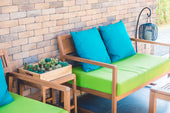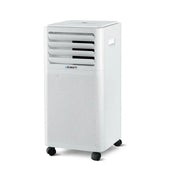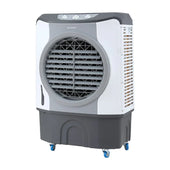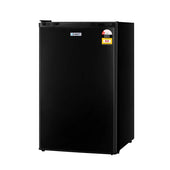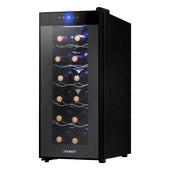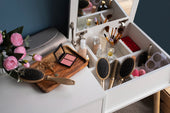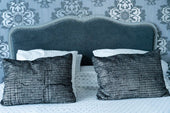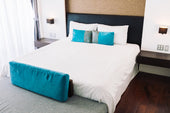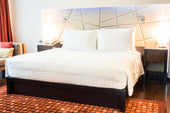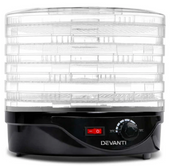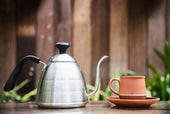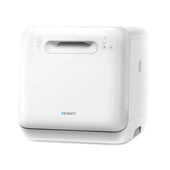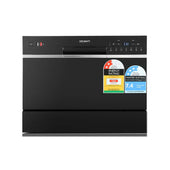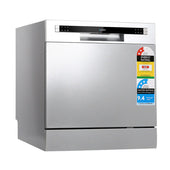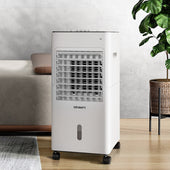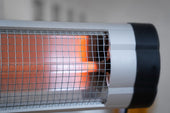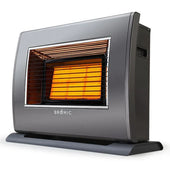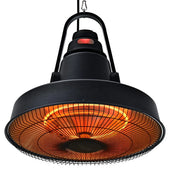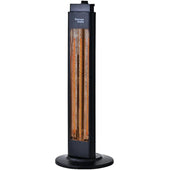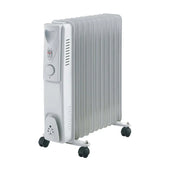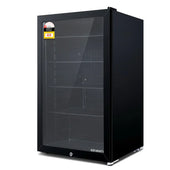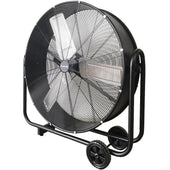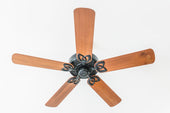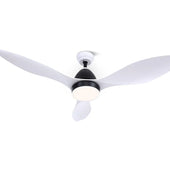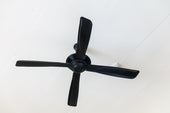Choosing the Perfect Table & Bar Stools for Your Space
Finding the ideal table and bar stools requires considering several factors to ensure harmony and functionality. Room size and layout are pivotal; smaller spaces benefit from compact tables, while larger rooms can accommodate expansive designs. Matching styles is essential, whether opting for modern, rustic, or eclectic aesthetics.
Comfort should be prioritised for seating; explore stools with padded tops and backrests for extended use. Adjustable bar stools work well for varying counter heights. Pay attention to materials—wood, metal, or plastic—each offers unique durability and appeal. Consider finishes that complement the surrounding décor.
Weight and portability also matter, particularly for spaces requiring versatility. Transitioning between dining and lounge areas becomes easier with lightweight options.
Understanding the Importance of Height and Scale
When selecting table and bar stools, height and scale play a crucial role in both comfort and aesthetics. Ensuring the proper stool height involves measuring the distance between the seat of the stool and the underside of the table or counter. Typically, the ideal gap is around 25-30 cm to allow sufficient legroom.
Scale complements height, ensuring proportionate visual balance. For example, slim stools pair well with compact tables, while heavier stools better suit larger surfaces. Transitioning between table heights, standard (76 cm), counter (91 cm), and bar (106 cm) requires stools matched accordingly. A mismatch disrupts harmony and compromises usability, making these considerations vital.
Mixing and Matching Materials for a Cohesive Look
Creating a harmonious tabletop and bar stool arrangement requires thoughtful coordination of materials. To achieve balance, it is beneficial to blend textures and finishes while maintaining an overarching theme. For example, pairing a wooden tabletop with metal stools can bring a modern-rustic charm.
It's crucial to choose materials that complement your existing décor. Upholstered bar stools can add softness to sleek glass tables. Similarly, natural rattan integrates well with marble tables for an organic contrast. Incorporating consistent colour palettes or repeating design elements ensures visual coherence. Transitioning between materials like wood, metal, or fabric fosters depth and attracts attention.
Selecting Colours that Complement Your Room's Aesthetic
Choosing the right colours is vital to harmonise your table and bar stools with your room’s overall design. Start by identifying the existing colour palette, including walls, flooring, and other statement furniture. Neutral tones like beige, grey, or white balance bold interiors, while vibrant hues like mustard or teal add energy to minimalist setups.
Consider warm shades, such as wood finishes, for cosy spaces, or metal accents like chrome or black for an industrial edge. Colour-matching cushions or upholstery provide cohesion. When in doubt, opt for complementary or analogous colour schemes that naturally enhance visual appeal. This ensures unified and effortless coordination.
Incorporating Patterns and Textures for Visual Interest
Adding patterns and textures introduces depth and character to table and bar stool setups. Mixing and matching upholstery materials, such as velvets, leathers, or woven fabrics, creates an inviting atmosphere. For stools with wooden finishes, pairing them with patterned cushions or textured seat covers enhances the visual appeal.
Consider patterned table runners or placemats for the dining area, ensuring they complement the overall colour scheme. Metallic or embossed finishes on stools can add a touch of elegance, while textures like cane or rattan evoke a natural aesthetic. Combining smooth and rough surfaces balances the composition and engages the eye with dynamic contrasts.
Using Cushions and Upholstery to Add Comfort and Style
Cushions and upholstery can transform both the look and feel of table and bar stools, making them inviting and practical. Opt for cushions with high-density foam for durability and ergonomic support. To elevate aesthetics, choose upholstery in fabrics like velvet, leather, or linen, depending on the setting's overall design.
- Colours and Patterns: Accent solid stools with bold, patterned cushions, or pair vibrant stools with neutral tones for balance.
- Material Selection: Stain-resistant and easy-to-clean options work best in high-traffic areas like bars.
- Attachment: Use straps or ties to secure cushions, ensuring they remain in place.
Temperature-resistant upholstery is ideal for outdoor spaces, offering comfort while withstanding UV rays and moisture.
Positioning Your Table & Bar Stools for Functionality and Flow
Proper positioning of tables and bar stools ensures both functionality and a seamless flow within the space. Start by considering the dimensions of the room. Tables should be centred or aligned to maximise space usage, keeping at least 90 cm of clearance around them for easy movement. Bar stools require strategic spacing; allow 15-20 cm between seats for comfort. Ensure placement does not block walkways or create congestion, especially in high-traffic areas. Opt for swivel stools in tight areas to minimise disruptions. Balancing aesthetics with practicality enhances the overall experience and comfortably accommodates all users.
Styling Bar Stools for Open-Plan Kitchens and Dining Areas
Bar stools in open-plan kitchens and dining areas should seamlessly blend function with aesthetics to enhance the space's openness. Choosing stools that complement the kitchen and dining furniture ensures cohesion; for example, wooden stools pair beautifully with rustic tables, while sleek metal designs suit modern interiors. Opting for adjustable-height stools adds practicality, catering to both counters and tables.
To strike balance, ensure proportions match the space's scale. Incorporating textured materials like leather or woven fabrics adds visual interest. Colours can define stylistic themes—neutral hues for minimalism or bold shades for vibrancy. Placement matters too; stools should allow comfortable movement without overcrowding the area.
Creating a Statement Piece with Unique Bar Stool Designs
Incorporating distinctive bar stools transforms a functional seating area into an eye-catching design feature. Selecting stools with unconventional shapes, vibrant upholstery, or artistic accents adds character to spaces. Materials such as metal, wood, and acrylic allow versatile styling, from industrial to contemporary aesthetics. Height and proportion relative to the table ensure comfort and balance.
For cohesive design, complement the stools’ colours and finishes with surrounding décor. Choose swivel or adjustable stools for added practicality in multifunctional rooms. Reflect personal style through bold patterns or handcrafted designs. Highlight their uniqueness with strategic placement and suitable lighting to accentuate textures and details effectively.
Adapting Seasonal Décor to Your Table & Bar Stool Styling
Incorporating seasonal décor into table and bar stool styling brings a fresh, dynamic aesthetic to any space. Start by considering seasonal colour palettes.
- Autumn: Use earthy tones like burnt orange, deep red, and mustard yellow for cushions or tablecloths. Consider adding pumpkin or leaf-themed accessories.
- Winter: Focus on cosy elements such as faux fur seat covers or plaids in cool tones like silver, white, and navy blue. Include candles or pine cone arrangements.
- Spring: Add floral table runners and light pastel cushions. Fresh flowers or potted plants lend a rejuvenating vibe.
- Summer: Opt for vivid hues like turquoise, coral, and lime green. Use natural materials like rattan for placemats or fabric with tropical prints.
This approach creates vibrant, seasonally relevant spaces effortlessly.
Decorating Around Your Table & Bar Stools with Accessories
Enhancing the area around your table and bar stools with carefully chosen accessories adds depth and character to the space. Begin with rugs; a well-sized rug beneath the table defines the space while adding warmth. Incorporate pendant lighting above the table to create focus and ambience. Wall art or mirrors can bring personality and visually expand the room.
To complement bar stools, include functional yet stylish elements like counter decor, such as elegant vases or bowls. Avoid clutter by using minimal decor items like candles or small plants. Aim for cohesive colours and textures that tie the accessories to furniture and overall decor themes.
Maintaining and Protecting Your Table & Bar Stools
Proper care extends the lifespan of tables and bar stools while preserving their aesthetic appeal. Begin by cleaning them regularly using soft cloths and appropriate cleaning solutions, avoiding abrasive chemicals that might damage surfaces. For wooden pieces, use furniture polish to maintain finish and sheen.
Consider adding protective pads under stool legs to prevent scratching or marking floors. Upholstered stools benefit from fabric protectors applied periodically to guard against stains.
Inspect joints and screws for stability, tightening any loosened parts to ensure safety. Keep furniture away from direct sunlight and excessive humidity to avoid warping or discolouration over time.
Inspiration from Popular Décor Styles: Modern, Rustic, Vintage, and More
- Modern Style: Opt for sleek, minimalist stools with clean lines and geometric shapes. Neutral colours like black, grey, and white pair well with chrome or matte finishes. Incorporate low-profile designs for seamless integration.
- Rustic Style: Choose stools crafted from reclaimed wood or distressed metal. Warm tones like copper and natural wood add character. Use cushioned seats in earth-toned fabrics for added comfort and charm.
- Vintage Style: Embrace retro aesthetics with bold colours, curved silhouettes, and ornate details. Features like tufted upholstery or polished brass legs evoke nostalgia while enhancing functionality.
- Eclectic Options: Mix styles and materials to create an unconventional yet cohesive look. Combine industrial steel frames with Scandinavian wooden seats or vintage prints with modern shapes for creative flair.
Crafting Versatile Looks for Multi-Purpose Spaces
Designing multi-purpose spaces demands versatility in table and bar stool styling to suit diverse activities. Opt for adjustable-height bar stools to accommodate different seating preferences, ensuring functionality across casual dining, work, or entertainment. Neutral finishes, such as matte black, natural wood, or white, blend effortlessly with varied interiors, creating a seamless look. Pair clean-lined tables with stools featuring complementary shapes for a unified appearance.
Use lightweight materials, like aluminium or rattan, for easy repositioning. Upholstered stools with stain-resistant fabrics enhance comfort while maintaining practicality. Thoughtful selection of pieces allows smooth transitions between workspace, dining area, or a social hub, ensuring both style and utility thrive.
Top Styling Mistakes to Avoid with Table & Bar Stools
- Ignoring Proportions: Selecting stools that are too short or too tall disrupts the balance of the room. It's essential to measure the distance from the seat to the table or counter.
- Overcrowding the Space: Cramming too many stools together can make the area feel cluttered. Allow at least 15-20 cm between stools for comfortable seating.
- Mismatched Styles: Combining stools with drastically different designs can create a disjointed look. Choose styles that harmonise with the overall aesthetic of the space.
- Neglecting Functionality: Opting for stools without considering features like footrests or back support can compromise user comfort.
- Overlooking Material Durability: Choosing stools with materials unsuited for their environment, like metal for humid spaces, can lead to faster wear and tear.



